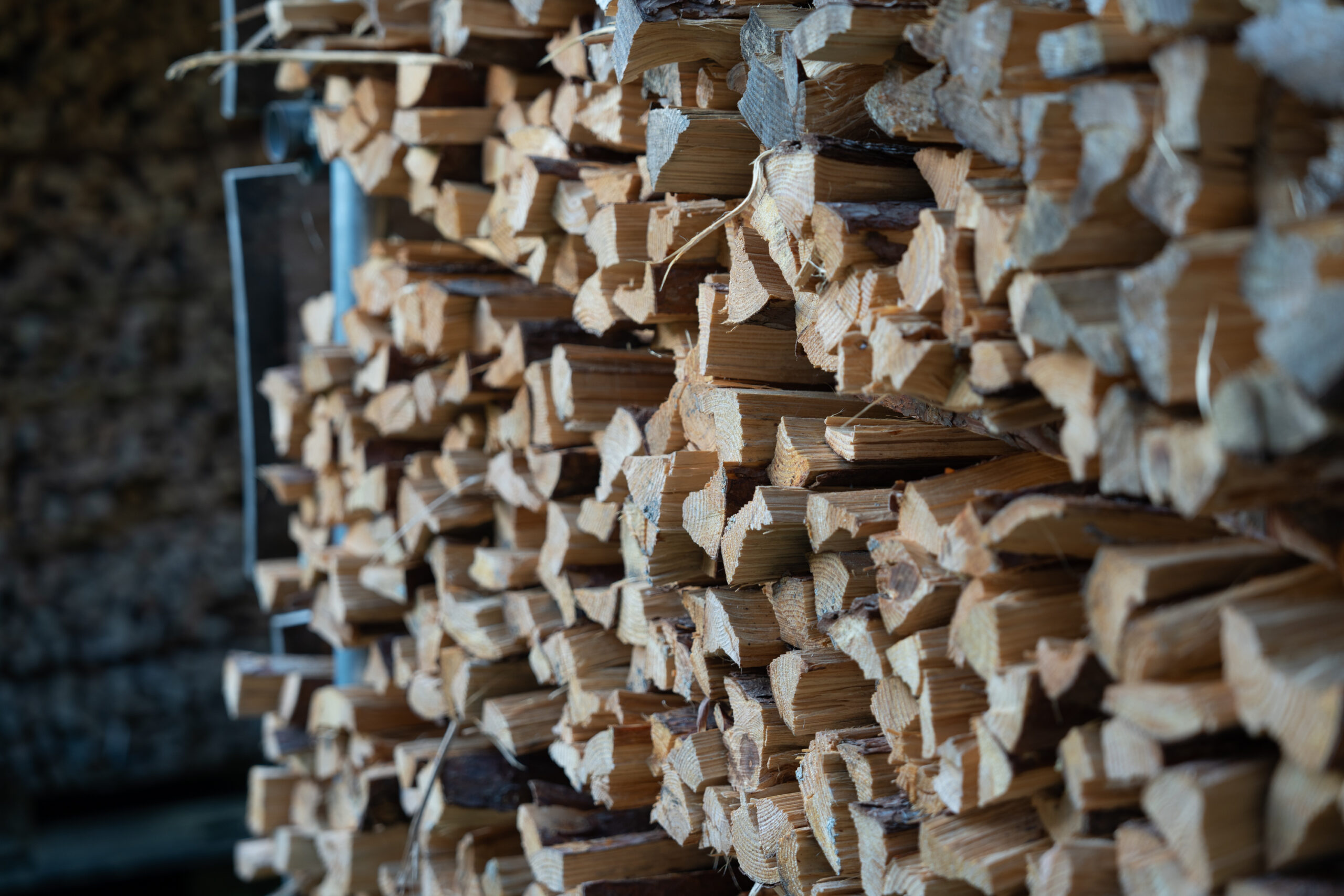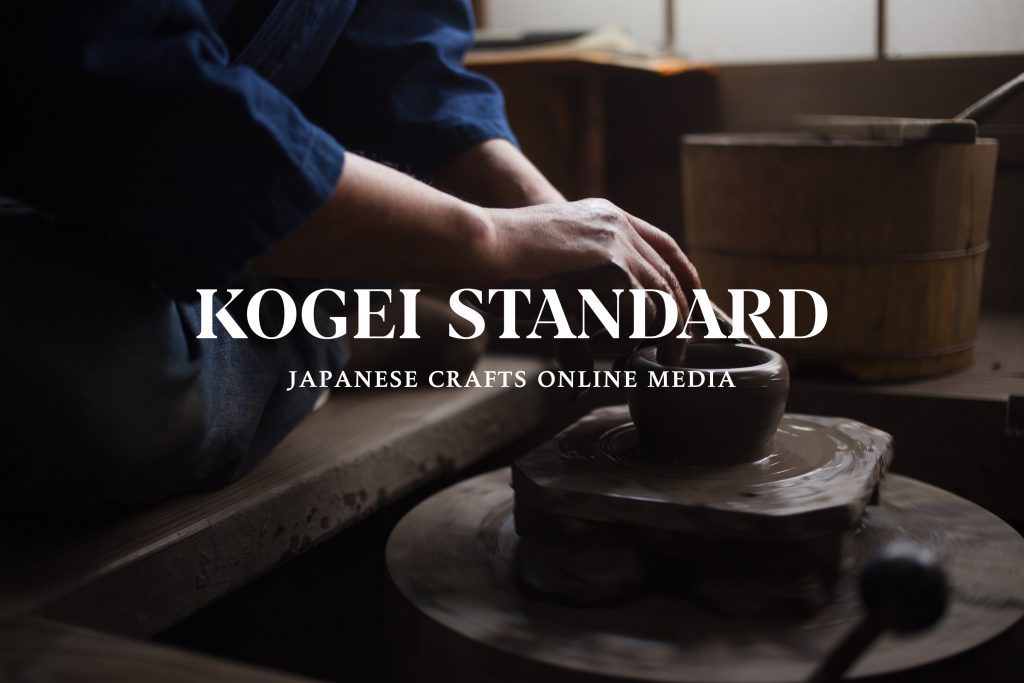The basics are essential in everything. This is not only true in the world of art and crafts but is something that anyone who has mastered their profession will say. If you attempt to apply something without understanding the basics, there will inevitably be some weakness or flaw. In other words, everything has its basics, and understanding and mastering them is the first step toward becoming a top-tier expert.
The difference between basics and foundation
A word similar to “basic” is “foundation.” The foundation refers to the base upon which things are built, used when there is something to be stacked upon it. For example, in the world of construction, if the foundation is not properly built, the entire building cannot be stacked vertically. On the other hand, the word “basic” differs from the foundation in that it refers to the core of something. As the saying goes, “If you understand the basics, you can apply them,” and as application is founded on the core of the basics one becomes able to apply it across 360 degrees. Top-tier individuals understand that if the basics are solid, they can adapt flexibly to many things. This is why they often emphasize that “the basics are essential in everything.”
The basics in Japanese culture
Throughout its long history, Japan has excelled at approaching things with patience and dedication. In Japanese society, achieving results individually in a short period of time is less valued than achieving goals collectively with a long-term perspective. In such a society, it is important to first master the basics within the group, and activities like cleaning and greeting are considered basic behaviors, whether in schools or businesses. For example, it often surprises international media when Japanese athletes clean the locker rooms or stadiums voluntarily during events like the World Cup or the Olympics. In Japan, even professional athletes view cleaning and taking care of their equipment as one of the basics. By doing these tasks themselves, they often show respect for the sport and those involved.
In traditional Japanese arts like Noh and Kabuki, there is a concept known as “kata” (literally, “form”), which also strongly reflects the spirit of the basics in Japanese society. In the world of traditional arts, when someone takes on something new after having mastered a “kata,” it is called “kata-yaburi” (“breaking form”), but if a person has not mastered the basics, they are referred to as “kata-nashi” (“no form”) and considered not yet fully developed. Practicing kata involves repeating basic movements until they become fully ingrained in the body, and only when these movements are performed unconsciously does the beauty of the physical action emerge. This method of mastering movements through repetition is a common element in Japan’s aesthetic, shared by practices like tea ceremony and martial arts.
In the world of crafts, there is the term “mingei” (folk crafts), in which beauty is also found in repetitive work. Crafts artisans, under divisions of labor specific to their regions, repeat the same tasks for many days. Because of this division of labor, each one becomes specialized in a particular kind of work. By patiently performing these tasks, crafts artisans continually refine their skills and walk the path toward mastery. In this way “mingei,” created by ordinary people, differs from the pursuit of individuality in art. In modern times, with the abundance of items mass-produced by machines, the craftsmanship of traditional crafts is often highlighted. Behind these handmade works, however, lies the long process of repetition, where the true artistry of handwork is hidden.
Beauty born from repetition
Recently, I heard from a ceramic artist that “the task of stoking the kiln is a repetitive one, but even in such repetitive work, there is a gentleness and carefulness, like stroking with your hands.” When you repeat the same action many times, you eventually find that the movements become natural and effortless. However, this doesn’t mean that you perform them without thinking; rather, it might mean that “carefulness” and “gentleness” naturally emerge. This is similar to the Japanese aesthetic that finds value in yohaku (“emptiness” or “space”), where even the most monotonous, simple tasks are seen as the basis of things, and meaning is found in them. This is a very Japanese way of thinking. In particular, in the world of crafts made with natural materials, repetitive tasks never become mechanical; rather, they are delicate actions that constantly engage with the subtle changes of nature.
Repetition without purpose is a difficult task in any context. In today’s world, where things have become so diversified, continuing to repeat the same action is even harder. Concentration may not last, and temptations from digital devices are ever-present. However, if one has a purpose and believes that the action itself is basic foundation for an application, the meaning of that action changes dramatically. The basics are at the core of everything and must never be neglected. The fundamental elements are where one’s attitude toward things is reflected. By considering this, one can approach tasks with care. This is what leads to mastering a particular path. In modern times, there is much we can learn from crafts. The concepts of basics and repetition are among them.
Yusuke Shibata


